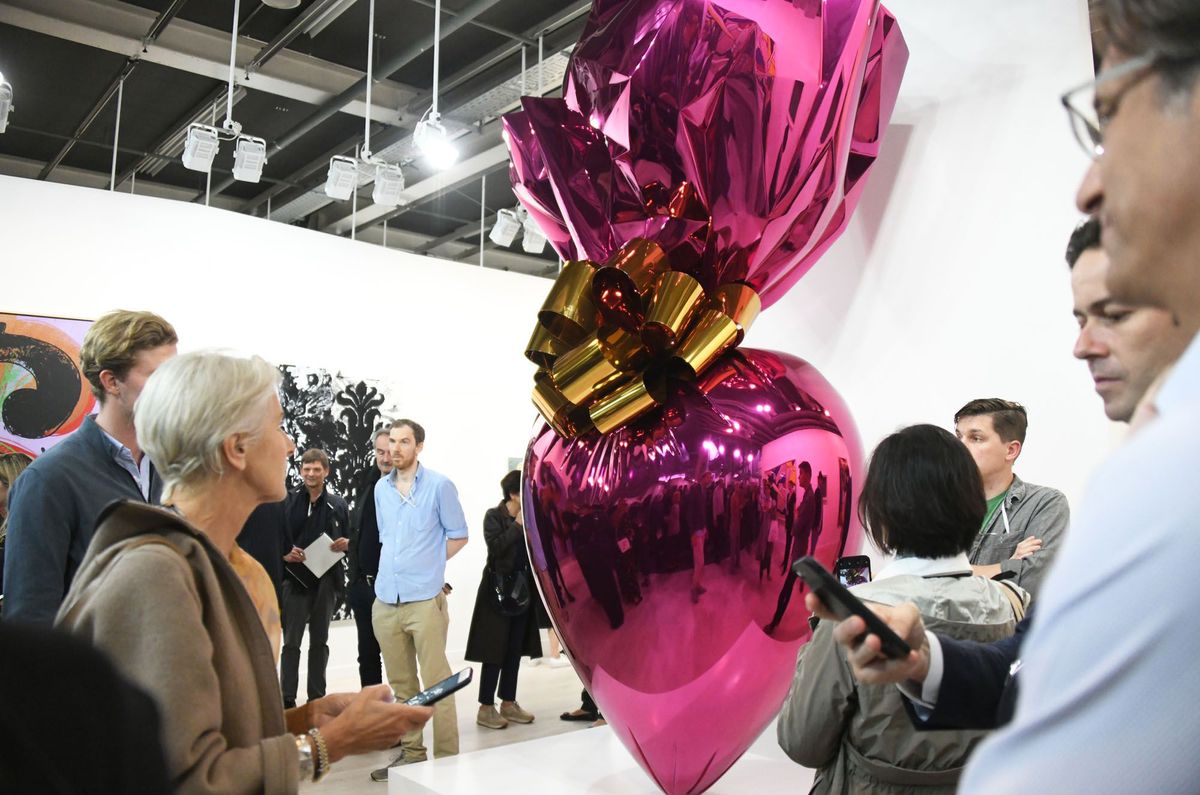"I do think we are on the precipice of the potential collapse of the primary market as we have known it..." So said Allan Schwartzman, the co-founder of Art Agency, Partners, speaking during a recent In Other Words podcast that marked the dealer Paula Cooper’s 50 years of trade.
Among the dynamics discussed were a flight to safety on the part of buyers—witness the increasingly narrow offering of Modern and contemporary art at a reduced number of significant auctions—and the well-trod financial struggles that smaller galleries face. Competition now comes from both sides: their larger counterparts and the self-representation potential enabled by the internet and social media. The problem right now, according to Clare McAndrew’s latest Art Basel and UBS report, isn’t so much that galleries are closing but that people aren’t bothering to open up in the first place.
At the same time, the less profitable secondary market isn’t in the rudest of health. “Sourcing work has become much more difficult and we can’t compete with the galleries that have hoovered up all the estates as well as selling major artists’ work straight from the studio,” said the London dealer James Holland-Hibbert at Art Basel in June. He had managed to fill his booth with fine works by Howard Hodgkin and Bridget Riley, and hosted an acclaimed show of Barbara Hepworth and Ben Nicholson in his gallery this month, but clearly the commitments are considerable. “The only businesses that can have large, ground-floor premises are the uber-dealers. The process as we know it will change, and I think soon,” Holland-Hibbert says.
Context gets replaced by content, value by price and criticism by Instagram ‘likes’
The traditional divide between primary and secondary markets has almost ceased to matter as the boundaries blur into a limited market of the bankable recognised few. Reported sales at Art Basel included new and older works by the likes of Kerry James Marshall (new pieces for $3.5m at Jack Shainman and David Zwirner, and a 2012 painting for $1.3m at Jack Shainman) and Mark Grotjahn (new works up to $800,000 at Blum & Poe and a 2014 work for about $5m at Lévy Gorvy). Both artists have also had a couple of seven-figure sales at auction already this year. Following the record-setting $91m sale Jeff Koons's Rabbit at Christie's in New York in May, an equally shiny work by the artist, Sacred Heart (Magenta/Gold), dominated Gagosian's stand with an asking price of $14.5m—typically a hefty price tag for a commercial fair setting.
Such concentration is replicated throughout much of our industry. Breaking through the noise of too much information are not only a select few artists, auction houses and galleries but also advisers, public relations firms and media outlets, which increasingly have a stranglehold on the way art is presented and received. Points of sale have also consolidated—chiefly, it seems, to auction in New York and Art Basel in its home town. With galleries producing their own authoritative catalogues and magazines, context gets replaced by content, value by price and criticism by Instagram ‘likes’.
The situation is, of course, more nuanced. There are many galleries, artists and art fairs looking for ways to make the art experience more pleasure than pain. But the increasing polarisation of the (apparent) best and the rest has been predicted for a while and no sustainable third way seems on the horizon. Food for thought as the art market takes its annual summer break through August.



